Bass fishing is a fun, exciting activity that you can do all year. The best part is that fishing does not stop when winter arrives; you simply need to find warmer water.
There are numerous advantages to fishing for bass:
- It’s an adrenaline rush
- Great way to spend time with family and friends
- It helps calm your nerves after a long day
Learning about bass fishing will only enhance your experience. This article will walk you through every aspect of bass fishing.
You’ll learn how to pick the right lure, different types of lures, when and where to fish for bass, simple tips for catching them in winter waters, and so on.
Why is Bass Fishing So Popular?
The popularity of bash fishing stems from the species’ exciting behavior. They can be caught in a variety of ways, and once hooked on the line, they are known to put up quite a fight.
Bass prefer to feed during the dawn and dusk hours – just before nightfall or early morning – but they will also bite at other times of the day.
How to Choose The Right Lure
The first step in learning to fish for bass is to select the right lure. There are numerous lures available in a variety of colors and shapes. Depending on the type of fish you want to catch, you must make an informed decision.
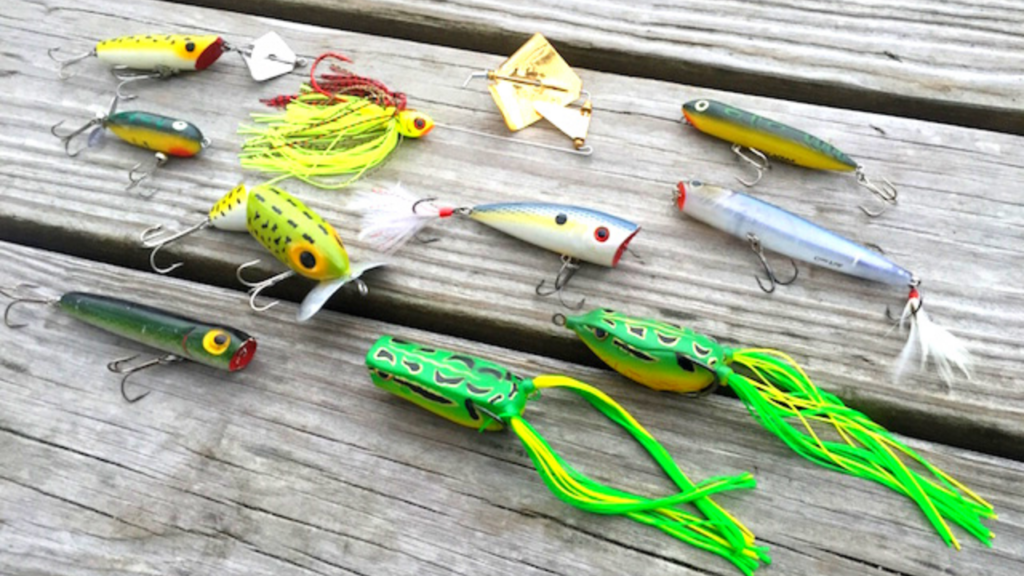
Here are some simple guidelines for selecting the best lures:
- Metallic, gleaming lures work best in clear water. Clearwater indicates that it contains fewer algae (which makes fish harder to see).
- Deep diving crankbaits are ideal for shallow fishing waters teeming with large fish. Bass prefer these types of waters because they are easier to hide in.
- Spinnerbaits work best in clear water because they reflect light and increase visibility, increasing the likelihood of a fish noticing it.
Different Types of Lures
- Spinnerbaits
They are very popular among anglers because they imitate a baitfish attempting to evade predators. They’re also simple to use and can make those sharp turns.
- Buzzbaits
Another popular lure, particularly among beginners because it is easier to cast than spinnerbaits. Buzzbaits, on the other hand, do not dive as deep as spinners, limiting where you can fish with them.
- Jigs
Jigs are one of the most traditional lures used by bass fishermen. These are available in a variety of sizes, colors, and weights depending on the depth at which you intend to fish them. Jigheads have a soft plastic trailer that allows these baits to move around cover and structure more naturally.
- Plastic worms
Anglers of all skill levels can use these lures at a variety of depths. Because they are so simple to use, these are the most common fish attractors found on the shelves of every fishing store.
- Top Water lure
This type of lure imitates baitfish, frogs, and other insects; it works best in clear water. Because they make such an enticing sound, these lures are used to catch almost any species of fish.
When and Where to Use Them?
- Spinnerbaits are used to catch fish in areas with fallen trees, rocks, and other man-made structures.
- Because they’re so easy to cast, buzzbaits cover a large area of water quickly; however, you’ll need to use them in areas with weeds or grassy bottoms where bass like to hide.
- Jigs work well in weed beds and around docks, where fish like to hide.
- Plastic worms are used in areas where bass are suspected of feeding on crawfish, such as near rocks and trees.
- The Best Water Lures work well in clear water because they can easily move around cover without becoming tangled. When fishing in calm waters with a lot of vegetation that attracts bass, lures work best.
When and Where To Fish For Bass
Bass fishing is a year-round activity, so if you know what you’re doing, there will always be an opportunity nearby. The best time of year, however, is determined by your location and weather conditions. The peak season varies according to how hot or cold it is in that area.
Here are some great spots and conditions for bass fishing:
- Structure
When the water levels are low in the spring and summer, heavy reservoirs are ideal for fishing. Look for areas with fallen trees if you want to go bass fishing on a lake or river because bass love crawling around them for prey.
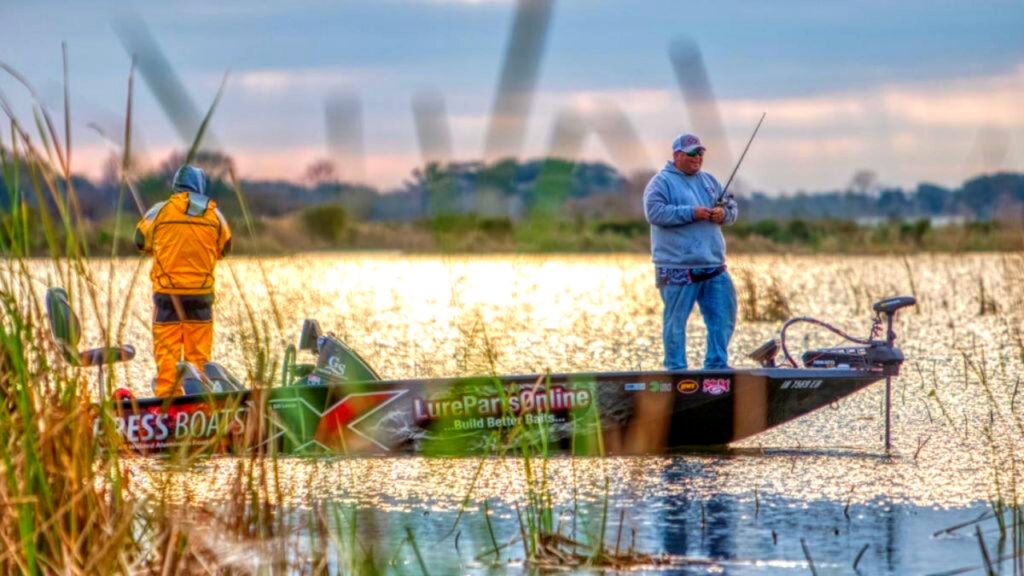
Take care not to overfish, and familiarize yourself with the fishing regulations. The main thing to remember is that if there is a lot of vegetation in the water, bass will be present. If they don’t have anything to eat, they’ll move to a different location where their prey is plentiful.
- Temperature
When the water temperature rises in the summer, bass fishing is at its best. Keep in mind that these predators can be found anywhere there is a plentiful supply of food.
They also become more active as the weather warms, making them easier to catch. The type of lures you use can determine whether or not you catch a lot of fish.
- Light Conditions
In clear water, bass will be more active. Because bass cannot see well at night, these predators are easier to catch when the sun sets.
It is, however, more difficult for anglers to fish because they will require a lot of light from their boat or other fishing equipment. The bass may not bite as quickly, but if you stick with it, you’ll catch something.
- Weather
When the weather is calm, bass fishing is at its best. If there isn’t enough food available, bass will move; for example, these predators may spend a lot of time in deep water during the winter months because there isn’t as much vegetation around at that time.
The best time depends on where you live and how much water is available in your area. However, as long as there is an adequate supply of prey available, these predators can be found anywhere.
- Spawn
When the bass spawn in the spring, the bass fishing is fantastic. Always check your local regulations before venturing out because they vary depending on where you are and what time of day it is. Because these predators are most vulnerable during spawning periods, some areas have much stricter restrictions.
Bass are aggressive predators that can be found almost anywhere, making them one of the best fishing targets.
However, it is always preferable to fish in areas where there is a plentiful supply of food available because they become less active when conditions aren’t ideal.
Popular Bass Fishing Techniques
- Flipping/punching
This technique is used when you need to cover a large area quickly. Casting the lure and allowing it to sink, then slowly reeling in until you feel your bait touch the bottom is how it’s done.
After that, begin retrieving again, pausing every now and then to allow the bass time to follow your lure.
- Shaking/burning
Shaking is a method of covering water when fishing in deep areas. It begins with casting the lure, followed by slowly reeling in until you feel the bottom.
After that, begin shaking your rod tip to create vibrations while simultaneously letting out some line.
- Trolling
This method involves casting the lure and letting it sink while dragging your line behind a moving boat.
You can use lures that imitate bait fish such as shad, but other options include plastic frogs for shallow waters and crankbaits for deeper waters.
- Fishing at night
Because bass is a nocturnal creature, it is much more active at night, making it easier to catch. For this technique, you can use live bait such as worms or lizards because their movement will attract your target.
Always bring powerful lights when fishing at night because these fish have excellent eyesight and need enough light to find your bait.
- Edges
Bass are frequently found on the edges of cover objects such as trees, rocks, or docks. They’ll sit on top waiting for prey to come by, so use lures that look like small fish.
Because bass will not have perfect eyesight at these locations, you can use solid lines and some additional weights, and the extra weight will help your bait get down to the desired depth.
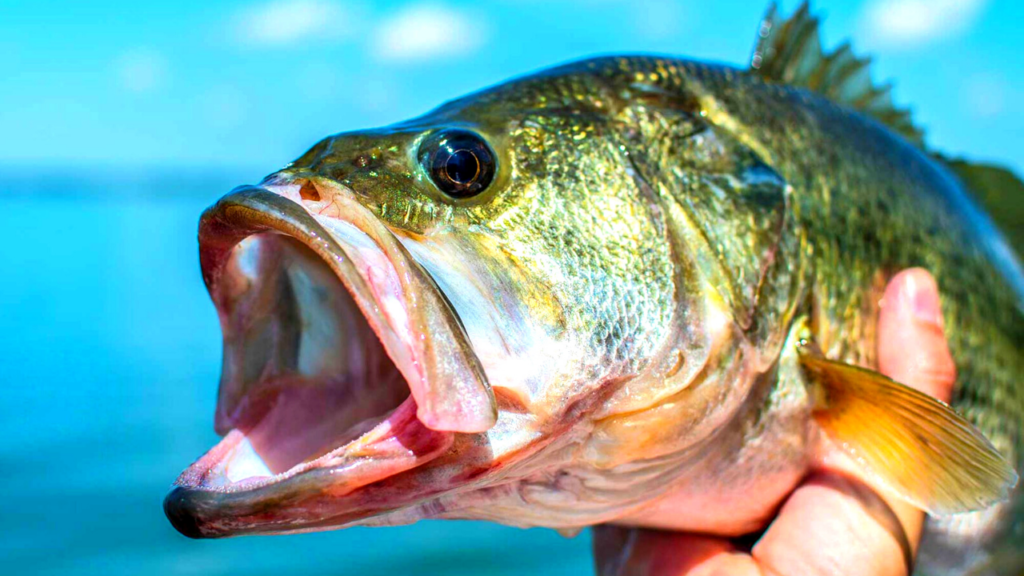
Bass Fishing Regulations
There are numerous rules and regulations in place, which vary depending on where you live. Before venturing out on the water, it’s always a good idea to double-check. When it comes to bass fishing, different areas have different rules. Here are some regulations to be aware of:
Size limits – Before they can be legally caught, bass must be at least 12 inches long.
Bag limits – It’s usually two or five basses per day, depending on where you are; it also depends on the time of year, as different areas have more restrictions during spawning periods.
Before venturing out on the water, it’s a good idea to familiarize yourself with local regulations.
In Summary
Bass are aggressive predators that can be found almost anywhere, making them one of the best fishing targets. However, it is always preferable to fish in areas where there is a plentiful supply of food because they become less active when conditions aren’t ideal.
Bass fishing regulations are in place to ensure responsible fishing and the health and sustainability of fish populations. It’s worth checking out local regulations before heading out on the water.

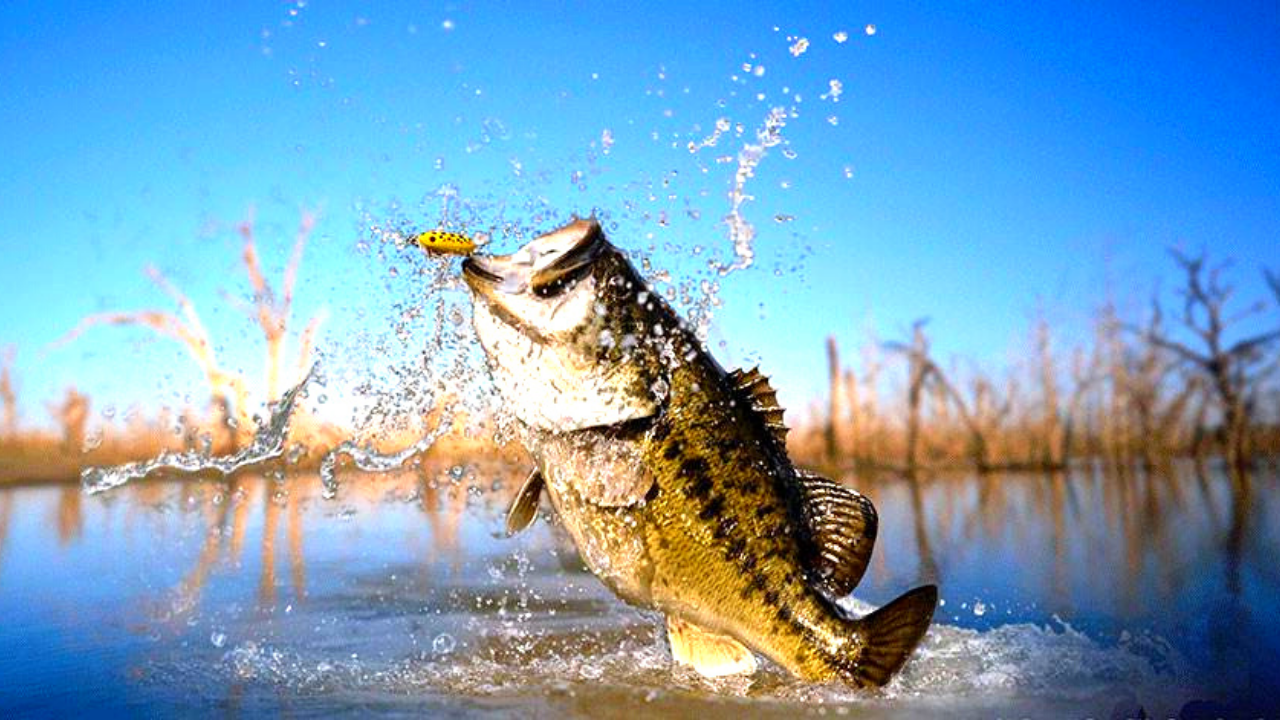
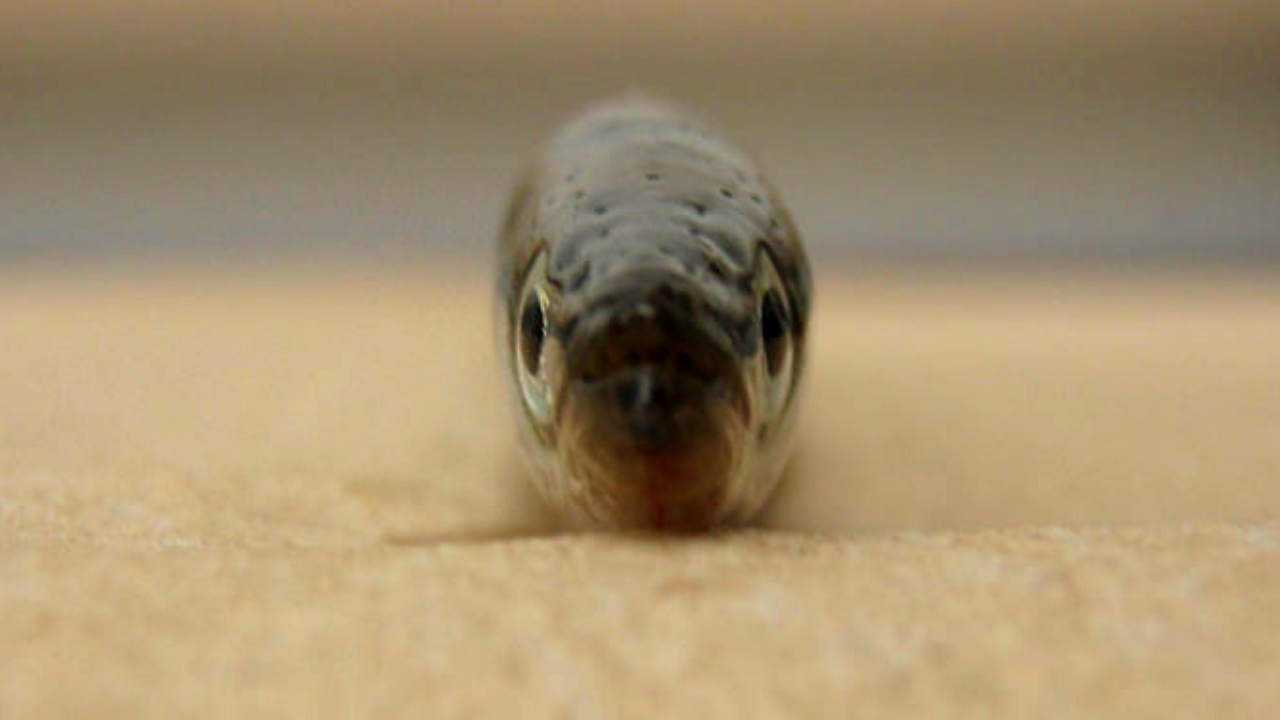
3 comments